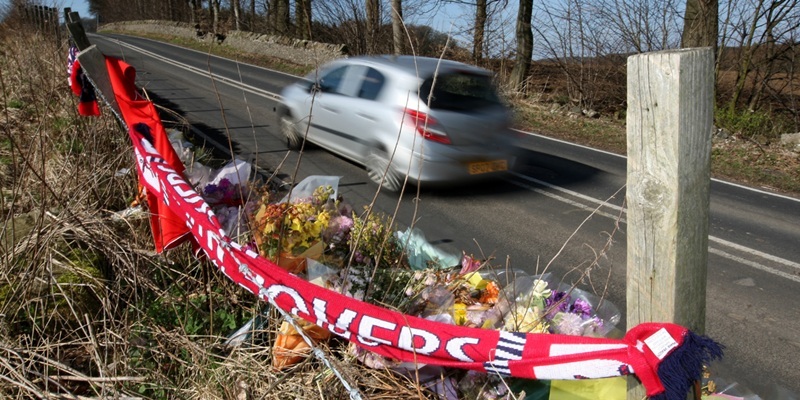Fife drivers have been urged to be aware of the dangers posed by the region’s roads as the cost of crashes was spelled out.
Although figures presented to the police, fire and safety committee on Thursday revealed a record low number of casualties in Fife in 2010, the number of fatal accidents more than doubling from six in 2009 to 13 last year caused committee members the most concern.
With six of the 13 fatalities involving people aged 22 or under, road safety partners want more done to ensure young drivers are aware of their responsibilities when they get behind the wheel.
It also emerged that Fife’s Safer Travel Task Group has asked transport minister Keith Brown to progress commitments in Scotland’s Road Safety Framework relating to young drivers, including graduated licences and compulsory additional training, which cannot be delivered locally but can be pursued by the Scottish Government. Despite recent tragic road deaths, a largely positive picture emerged on Thursday, as total casualties on Fife’s roads those killed, seriously or slightly injured fell from 765 in 2009 to a record low of 724 last year.
While the number of youngsters slightly injured rose from 85 to 91, the number of children killed or seriously injured fell from 20 to 11.
Indeed, there were no child fatalities and the number seriously injured was at a record low.
Councillor George Kay, committee chairman, hailed the record lows for overall casualties and children killed or seriously injured, but admitted much work still had to be done to cut the road accident total.
Noting that two of the 13 fatalities were thought to have been due to deaths causing accidents rather than accidents causing deaths, Mr Kay stressed that the deaths in the 18-22 age bracket were worrying.
He said, “We’ve had six young lives which have been so needlessly wasted and we’ve got to ask ourselves the question: ‘What can we do to ensure things can get better?’
“We’ve got to look at the three Es: engineering, and I think we’re getting better and better at improving the engineering of our roads; we’ve got to look to enforcement, and I think we’ve got to see how we can enforce better; and we’ve got to look at education and ask ourselves if we are doing enough.
“We have to look at initiatives that can complement the work going on with the likes of Safe Drive Stay Alive.
“I think six lives being lost is bad enough but if you look at the people who are seriously injured it can sometimes be horrendous, if you have a 20-year-old who has a life-changing accident and then has to spend the next 50 or 60 years living with the consequences.”
Ten of the 13 fatal crashes in 2010 happened on rural roads, prompting committee members to underline the need to take extra care on country routes, while drivers’ failure to look properly was put down as one of the most common contributory causes for accidents.
Police noted that factor in 123 of the 724 accidents recorded, although weather conditions, loss of control, poor turning or manoeuvres, and travelling too fast for conditions were also high on the list.
In terms of road deaths last year, loss of control was said to be a factor in eight of the incidents and drivers going too fast a factor in four although more than one cause can be identified by police investigating accidents.
In total, six drivers, three passengers, two motorcyclists and two pedestrians lost their lives in 2010, two of them women a driver and passenger in separate incidents.
While the tragic human cost of fatal road accidents was highlighted, a report to committee also noted the financial cost of each crash, including medical costs, damage to vehicles and property, and police and insurance costs.
With each fatal crash said to cost £1.83 million, Fife’s 13 fatal crashes are thought to have cost around £23.8 million in total, while estimates put the cost of all of the region’s accidents in 2010 at a staggering £56 million.
